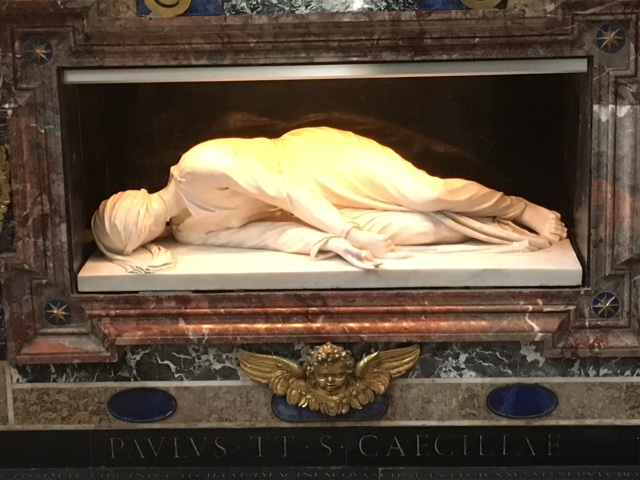Italians don’t care about voice mails, I have recently
learned. Any cell plan you can purchase
does not include calls you make to listen to voice mail. You pay 19 cents a minute for that privilege. And so, no one leaves (or therefore listens
to) voice mails. You text or call
someone back, instead.
This is so very strange to me, given that there is such a
compulsion to speak here, in a variety of ways.
There is a whole vocabulary of hand gestures. ‘Yes’ is never said just once…it is
emphatically uttered 3 or 4 times when in agreement or confirmation. Either in person or on the telefonino, speakers repeat ciao several times – interspersed with grazie – at the closure of a
conversation. Explanations of things are
quite lengthy. We spent 90 minutes with
our new veterinarian!
Irrepressible speech is such an ingrained characteristic of
this place.
‘Speaking’ statues in Rome are a unique feature of the
political landscape. Two of them are in
or near my rione (the one not pictured here is the first of them, named Pasquino) The statues are ancient fragments of figures
that have been ascribed with vocal properties in written form; people wishing
to anonymously express political commentary would invent a dialogue between a speaking
statue and a conversation partner and post that written dialogue ON or very near the statue,
which is often placed at an intersection where pedestrians can read the posts.
 |
| This is Abate Luigi (originally an unnamed ancient Roman magistrate)...who once had a head, which apparently never stopped him from 'talking' about political satire. |
Not only is there irrepressible speech in Rome, there is at
least one irrepressible singer.
Just recently we revisited my favorite neighborhood in
Rome: Trastevere. It’s a very medieval section of the city,
with little, charming streets laid out in a helter-skelter manner. College students frequent the area, so while
the real estate has gone sky high (the quaint look of the place makes it a
fashionable community, with apartments selling for roughly $300,000) you can
still get a very affordable meal and good beer.
And three of my favorite churches are here.
One is the church of St. Cecilia, the patron saint of music.
 |
| A rather old apse mosaic, coupled with some polychrome marble and this interesting sculpture below the altar. |
Under the altar is Stefano Maderno’s unusual statue of St.
Cecilia, depicting her body as it was found upon exhumation – uncorrupted – and
twisted in this fashion to display the slit in her neck as well as her hands,
positioned to remind us of the Trinity.
The story of Cecilia’s martyrdom entails some of the usual
features of any saint’s experience: the
pagan requirement to renounce faith, the saint’s refusal to do so, some kind of
(often inventive) torture to force that renunciation anyway, the saint’s
steadfast endurance of that torture and finally, eventual death. Cecilia’s torturers tried to scald her to
death first (inside this church, but rarely available for public viewing, is
the stone slab upon which the steaming took place), and she sang instead. So her throat was slit. And still…she sang. For three days.
Have a look at the church's beautiful courtyard while the campanile bells toll:


No comments:
Post a Comment